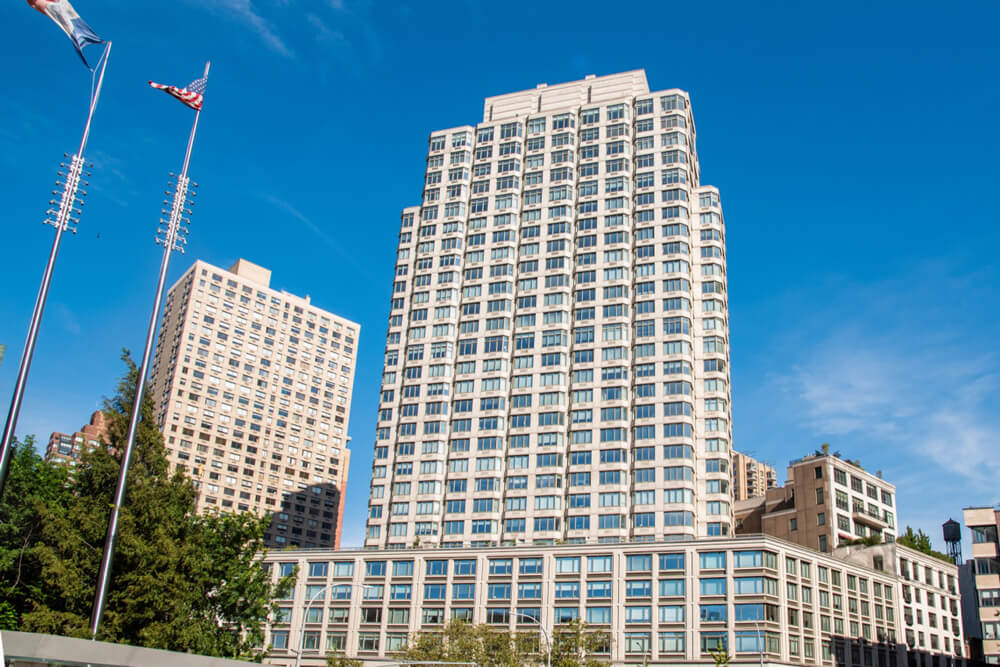Establishing sustainable communities and the green circular economy
Since piloting, we’ve installed additional systems at four sites, and we are in the process of manufacturing a larger system that can handle 60% more CO2 than our initial, piloted design.
New system size designs are addressing even bigger loads. Stackable, modular systems can capture up to 300,000 tons of CO2 annually with improved efficiency and performance, allowing industrial and utility infrastructure users expanded benefits.
Featured case study

Our first pilot project is our smallest system installed at 1930 Broadway, a large residential building located in Manhattan’s Lincoln Square neighborhood. CarbonQuest installed its first onsite carbon capture technology in the building in 2021 to demonstrate the viability of distributed carbon capture in space-constrained environments, while cutting CO2 emissions from natural gas usage by 60-70%. The CO2 captured from this building is transferred to a local concrete manufacturer that mineralizes the CO2 into rock, providing permanent sequestration.

CarbonQuest's pipeline of projects
CarbonQuest is currently working with site operators utilizing fuel cells and combined heat and power systems to bring clean distributed power to the Northeast U.S. CarbonQuest’s immediate pipeline with fuel cell technologies is close to 80,000 tons of CO2 annually.
Additionally, CarbonQuest is about to conduct engineering studies on a waste-to-energy plant in the Western U.S., with a goal to deploy its first carbon removal project, turning a high emitter into a net-negative facility. Stay tuned as we move forward with these new installations.